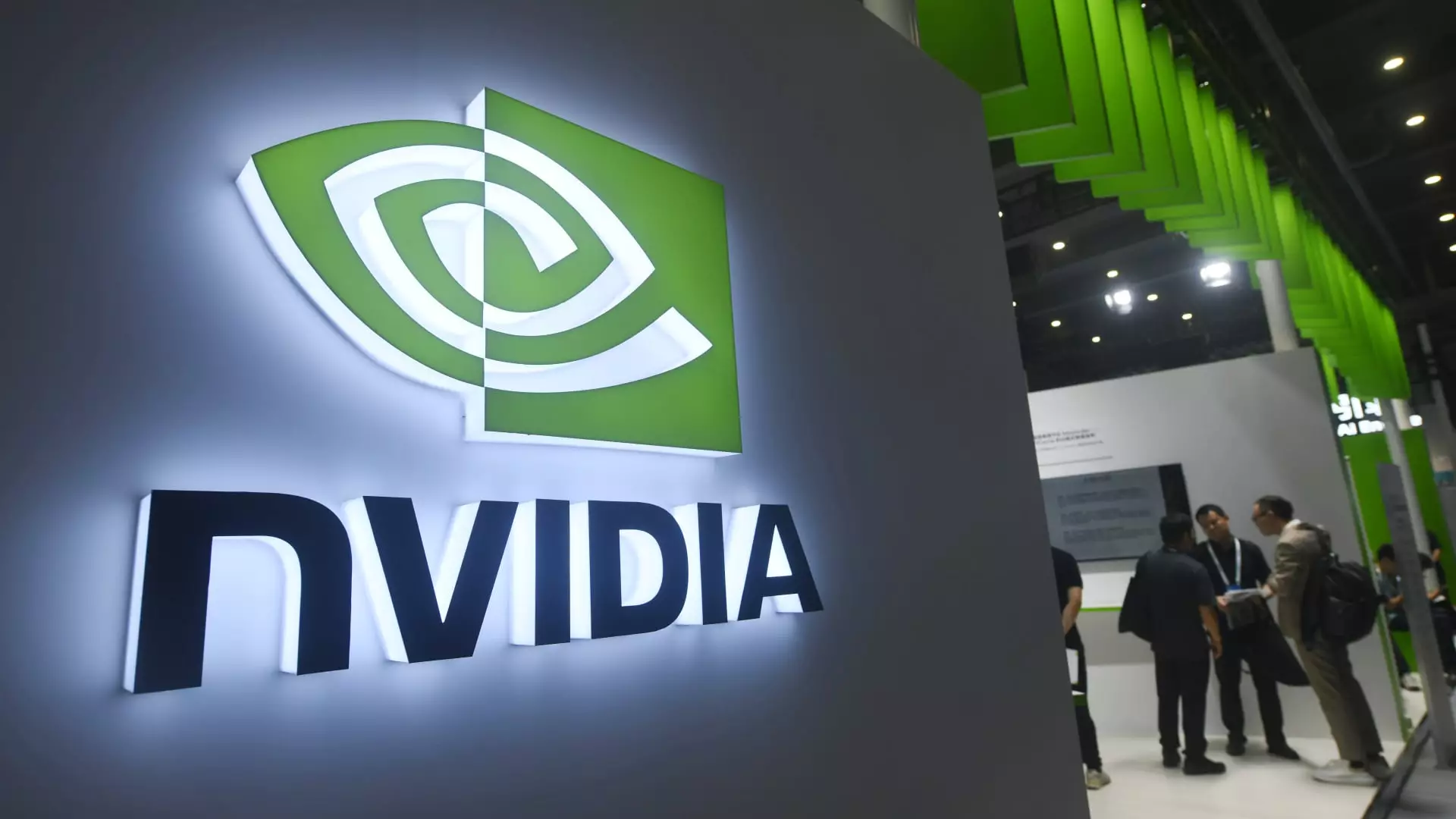As the healthcare landscape evolves, the influence of technology, particularly artificial intelligence (AI), becomes increasingly significant. The HLTH conference in Las Vegas serves as a pivotal platform where industry giants like Nvidia, Google, and Microsoft converge to present their latest innovations in healthcare technology. Scheduled to commence this Sunday, the conference is anticipated to attract over 12,000 leaders in the sector, eager to explore how AI can alleviate the immense administrative burdens faced by medical professionals.
The integration of AI into healthcare promises to streamline monotonous tasks that currently consume much of doctors’ and nurses’ time. The constant pressure to manage patient records, mediate with insurance companies, and adhere to regulatory standards can lead to overwhelming workloads. This administrative strain not only detracts from patient care but also contributes to a looming workforce crisis, with consulting firm Mercer projecting a shortage of 100,000 healthcare workers by 2028.
The documentation process within healthcare remains a complex operation characterized by its fragmentation. Patient information is often dispersed across various systems and formats, making it arduous for healthcare providers to access critical data swiftly. A recent survey indicated that clinicians spend about 28 hours weekly on administrative responsibilities, with 80% acknowledging that such tasks detract from their direct interaction with patients. This disconnect is a significant factor in the overall dissatisfaction and burnout prevalent in the healthcare workforce.
AI tools are increasingly being touted as the solution to this pressing issue. By harnessing AI for administrative tasks, tech companies argue they can free up valuable time for healthcare professionals, allowing them to focus more on patient care—a necessity in an increasingly demanding environment.
Innovations from Tech Giants
At the forefront of this innovation is Google, which announced the general rollout of Vertex AI Search for Healthcare, a tool designed to aid developers in crafting applications that facilitate quick searches through disparate medical records. This platform is a part of Google’s broader strategy to expand its footprint in the healthcare sector by addressing the administrative workload with intelligent solutions. Additionally, the company revealed new features within its Healthcare Data Engine, allowing organizations to create infrastructure tailored for generative AI applications.
Similarly, Microsoft is positioning itself as a key player in the AI healthcare revolution. Their recent launch of a suite of tools aims to reduce physicians’ administrative strains. Tools like the DAX Copilot, designed to automate documentation for doctor-patient encounters, exemplify how AI can transform tedious tasks into more manageable processes. Notably, Microsoft’s commitment to developing separate tools for medical documentation tailored to nurses signals recognition of the different needs within healthcare roles.
As the adoption of AI scribe tools gains momentum, other emerging companies in the space, such as Abridge and Suki, have attracted substantial investments and attention. This competition is likely to drive innovation and refinement in AI technologies aimed at healthcare professionals.
Nvidia, a powerhouse in GPU technology, is also making strides in healthcare AI applications. The company’s Vice President of Healthcare, Kimberly Powell, is set to present at HLTH, detailing how generative AI tools can enable healthcare professionals to devote more time to patient interactions rather than administrative tasks. Nvidia’s GPUs have become the backbone of numerous AI applications, including ChatGPT, demonstrating the critical role of hardware in the deployment of cutting-edge healthcare solutions.
With the stock price of Nvidia skyrocketing this year, the endorsement of its technology across diverse healthcare applications—from medical imaging to drug discovery—illustrates its burgeoning influence within the sector. Partnerships with leading entities like Johnson & Johnson and GE HealthCare mark Nvidia’s aggressive expansion into healthcare, further cementing its role in shaping the future of medical technology.
While the excitement surrounding AI tools at HLTH is palpable, it’s essential to approach this advancement with a mix of optimism and caution. The healthcare sector, known for its traditionally slow technology adoption, must navigate the challenges of integrating these advanced tools into existing workflows. Many health systems remain in the preliminary stages of assessing various AI technologies and vendor options.
As we look ahead, the momentum generated at events like HLTH 2023 signals a crucial turning point. If implemented effectively, AI-powered solutions have the potential to revolutionize how healthcare professionals manage administrative tasks, ultimately enhancing patient care and addressing workforce shortages. The impending transformation could very well reshape the future of healthcare as we know it, making the upcoming demonstrations and discussions in Las Vegas an essential focal point for anyone invested in the sector’s evolution.

